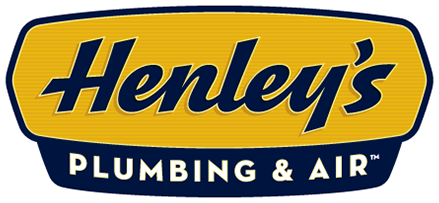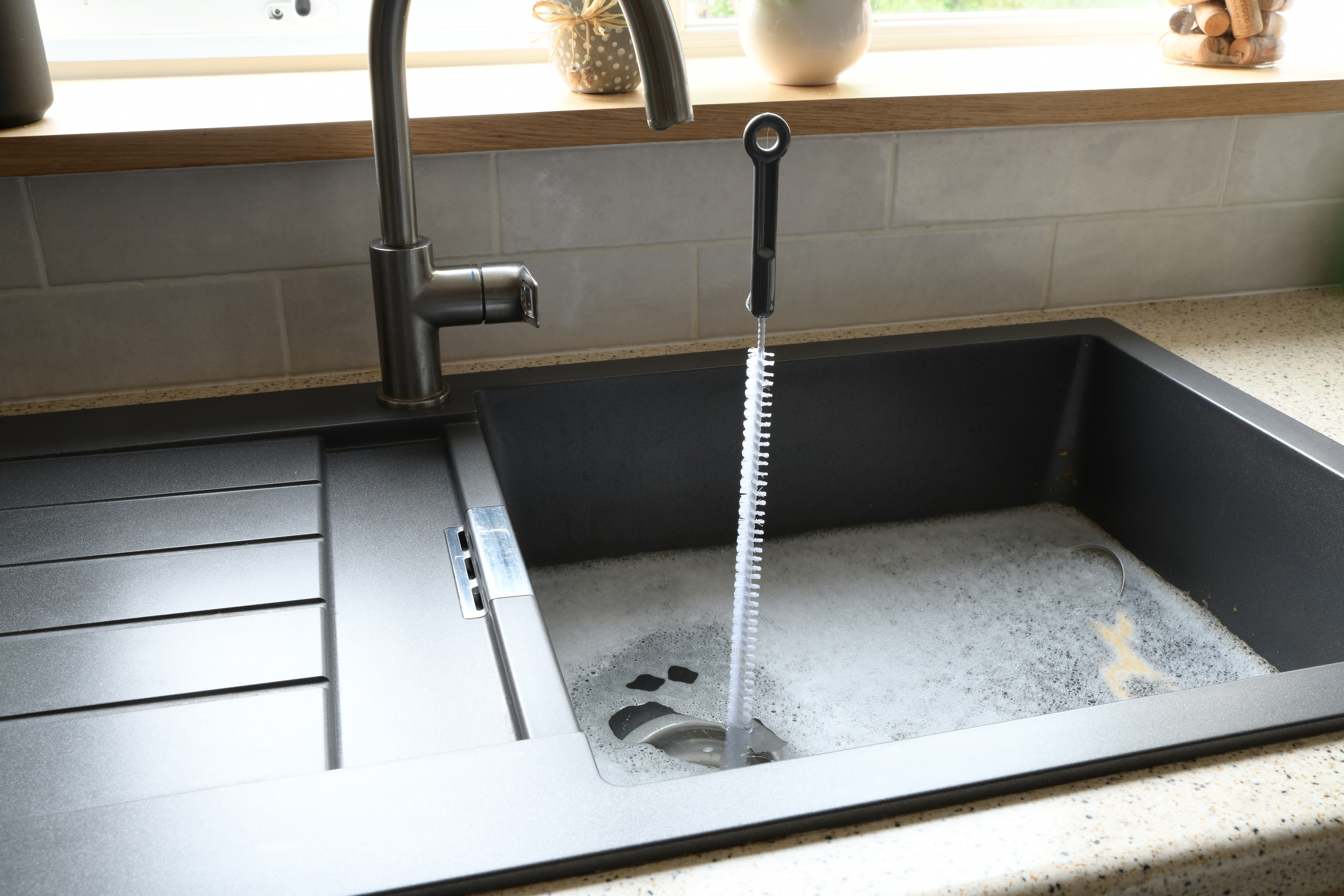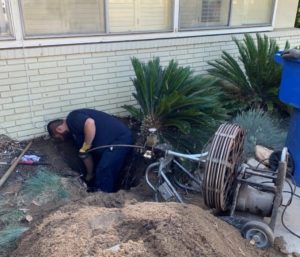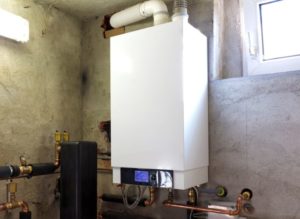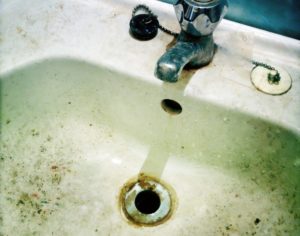Is your kitchen turning into a mini-swamp every time you wash dishes? A slow-draining kitchen sink is one of those household nuisances that starts small, maybe with a pool of water after rinsing plates, and quickly becomes a full-blown hassle. You might ignore it at first, but when leftovers, soap residue, and other debris build up, things can stall fast.
A sluggish sink is a sign that your plumbing system is in trouble. The ripple effect can hit bathrooms, showers, and even the sewer lines. That’s why it pays to dive into the root causes, try your hand at potential fixes, and, when needed, call in the pros to help.
Common Causes of Slow Kitchen Sink Drainage
Before grabbing a plunger or snake, you’ve got to know what’s gumming up your drainage. Here are the common culprits.
- Grease, Fat, and Oil: These liquids cling to pipe walls as they cool, creating gunky blockages over time. The buildup can get thick, almost like petroleum sludge, especially if cooking oils go straight down the drain.
- Food Scraps, Coffee Grounds & Organic Matter: Small bits of food and coffee grounds can accumulate in pipe elbows, forming clogs that slow the flow of wastewater. Use a sink strainer so rice, pasta, coffee, and leftover mixtures don’t get into your plumbing.
- Soap Scum and Mineral Deposits: Hard water and soap create a scummy residue that sticks inside pipes. Over months, this coating narrows the pipe diameter, and the added mineral sludge worsens the clogging situation.
- Vent and Pressure Issues: A clogged vent stack can disrupt airflow, causing slow drainage, gurgling, and siphoning issues.
- Improper Pipe Design or Joint Corrosion: Older homes may have corroded or misaligned joints, causing recesses where dirt, bacteria, mold, or grease lodge, eventually reducing flow or creating odors.
- Dishwasher or Garbage Disposal Backflow: Sometimes debris from the dishwasher or disposal gets trapped, causing backup into the sink.
How to Diagnose Where the Blockage Is
The first step is to inspect the P-trap. Place a bucket underneath, loosen the slip nuts with a small wrench, and check for sludge or trapped debris. If the trap is filled with gunk, clearing it out restores flow quickly.
If you have a double sink, test both bowls. Run tap water in one while draining the other. If the stopper side backs up, the clog is upstream, meaning it’s somewhere in the shared drain line before the two sinks meet. If both sides struggle, the blockage might be further down in the sewer line. Gurgling noises can hint at air pressure issues between the pipe and vent stack.
Check the garbage disposal: food particles and hardened grease around the rim or splash guard can hamper flow. If these diagnostics don’t turn up the culprit, a more thorough inspection using a drain snake or auger may be necessary to reach deeper clogs inside the line.
DIY Fixes: What You Can Try at Home
You don’t always need a plumber. Many clogs can be unjammed with a bit of elbow grease and accessible household tools. Here are effective and safe DIY fixes:
- Boiling Water & Dish Soap Flush: Bring a kettle to a boil, add a squirt of liquid dish soap, and slowly pour it into the drain in stages. The hot soapy mix dissolves grease and soap scum lining the pipe walls.
- Baking Soda, Salt & Vinegar: Pour ½ cup of baking soda + ½ cup of salt into the drain, followed by 1 cup vinegar. Cover the drain, wait about 15 mins, then flush with boiling water. This combination can break down buildup without attacking your pipes.
- Plunger: Make sure there’s enough water in the sink to fully cover the bottom of the plunger — you need that to create a tight seal. Then, position the flat-bottomed plunger over the stopper opening and plunge vigorously to build pressure and suction. This can help dislodge mid-line blockages and get your drain flowing again.
- Zip-It or Drain Snake Tool: Push a snake or flexible plastic Zip-It into the drain to snag hair, food strands, or grease clumps. Repeat until the water drains quickly.
- Clean the Stopper and P-Trap: Remove the stopper assembly and trap to physically clean out sediment, food, and buildup. Rinse everything thoroughly before reassembling.
- Dishwasher/Disposal Cleansing Cycle: Run the sink tap hot, add a scoop of baking soda, and run the dishwasher to send a cleaning wave through shared lines.
NEVER Use Chemical Drain Cleaner
While chemical drain cleaners promise quick fixes, they carry serious risks!
Since most chemical drain cleaners are lye-based or sulfuric acid products, they can damage pipes. Those strong acids or alkalis may pit and corrode older metal pipes, react with P-trap components, or eat away PVC junctions. If your plumbing fixture shows signs of corrosion or previous leaks, a blast of chemicals can turn a minor issue into a major repair.
Plus, these harsh liquids create dangerous conditions for you and the environment. They often produce toxic fumes that can burn skin and eyes or linger in the sewer line. Environmental runoff gets nasty, too.
Bottom line: steer clear of caustic cleaners. Even if they boil fast and seem effective, they’re a short-term fix with long-term consequences.
When You Need Professional Help
Sometimes the clog is too stubborn for DIY fixes. That’s when calling a professional plumber is the best call.
Do you have a persistent or recurring slow kitchen drain? If clogs return quickly after clearing, you may have deeper issues — like venting problems, root intrusion, or failing pipe material — that require specialized inspection, including camera scopes and in-depth testing.
When water begins backing into the bathroom bathtub or toilet, or you smell foul odors, it’s time to call in the pros. Continued backups risk flooding, mold growth, and damage to cabinets, flooring, and other home systems.
Professional plumbers have tools like motorized snakes, hydro-jetting equipment that uses high-pressure water to scour pipe interiors, and drainage cameras for pinpointing trouble. We can safely repair corroded pipe joints, replace worn traps, or re-route plumbing fixtures for better flow.
Don’t Let a Slow Drain Turn Into a Full Backup
A slow move today can spell a big disaster tomorrow. That small puddle in your kitchen sink can morph into a soaked cabinet, warped wood, or even mold behind walls. In older homes with metal piping, corrosion can suddenly give way, causing leaks and flooding.
Left unaddressed, those backups can impact other plumbing fixtures. For example, your bathroom might get slow-flowing showers or gurgling toilets. That’s because shared vents and lines inside the wall connect everything. Better to act early and nip clogs before they expand.
Routine maintenance is worth the effort. Monthly flushes with hot water and always using a sink strainer can make a huge difference in the life of your plumbing!
Time to Get That Drain Flowing Again? Let’s Do It!
If DIY tricks aren’t cutting it or you’d rather skip the hassle, Henley’s Plumbing & Air is here with fast, friendly help. Call now or book online to schedule your drain clearing service in San Bernardino and the following neighborhoods:
- Corona
- Norco
- Eastvale
- Yorba Linda
- Placentia
- Anaheim
- Riverside
- Rancho Cucamonga
- Ontario
- Upland
- Fontana
- Redlands
- Highland
- Yucaipa
Let’s clear that sink, save your floors, and keep your kitchen flowing freely!
